Le rouleau du convoyeur à bande est un élément essentiel de tout convoyeur à bande. convoyeur à bande système. Les rouleaux sont de toutes sortes et représentent environ 35% du coût d'un système de convoyage, en plus de créer plus de 70% de résistance. La qualité de ces rouleaux est donc extrêmement importante. Ils sont disponibles en acier et en plastique.
Objectif des rouleaux de convoyeurs à bande
La fonction première du rouleau est de supporter le poids de la bande transporteuse et des matériaux transportés. Les rouleaux doivent fonctionner de manière souple et fiable. La réduction de la friction entre la bande transporteuse et les rouleaux est essentielle pour prolonger la durée de vie de la bande, qui représente plus de 25% du coût total du convoyeur. Bien que les rouleaux puissent sembler être un petit composant avec une structure simple, la fabrication de rouleaux de haute qualité est une tâche difficile.
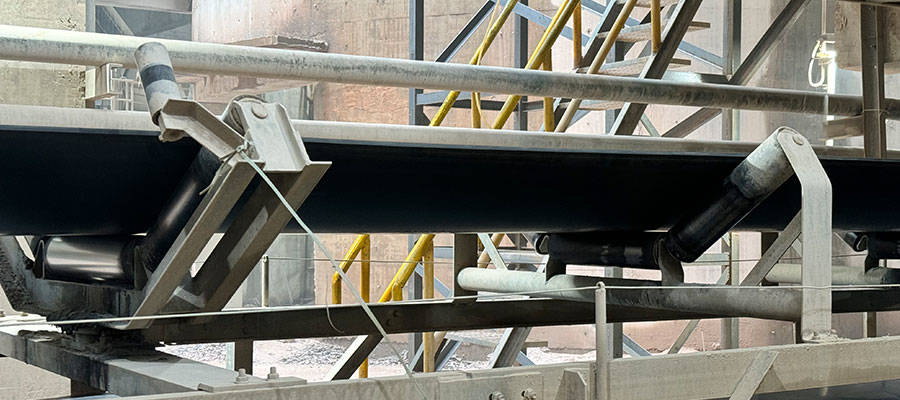
Normes de qualité pour les rouleaux de convoyeurs à bande
Pour déterminer la qualité d'un rouleau, prenez en compte les critères suivants :
- Faux-rond radial: L'importance de la déviation dans la rotation du rouleau.
- Flexibilité du rouleau: La facilité avec laquelle le rouleau tourne.
- Mouvement axial: Le degré de mouvement latéral le long de l'axe du rouleau.
Types de rouleaux de convoyeurs à bande
- Types de matériaux:
- Rouleaux en caoutchouc
- Rouleaux en céramique
- Rouleaux en nylon
- Rouleaux isolés
- Catégories principales:
- Rouleaux à auge: Comprend des rouleaux standard, à inclinaison vers l'avant, à roulement à changement rapide, à suspension, à triple chaîne, réversibles, à angle d'auge variable, de transition et de type V.
- Rouleaux parallèles: Comprend des rouleaux standard, des rouleaux en peigne, des rouleaux inclinés vers l'avant, des rouleaux composites acier-caoutchouc et des rouleaux en spirale.
- Rouleaux auto-aligneurs: Comprend des rouleaux d'usage général, réversibles par friction, robustes, en forme de cône, en spirale et combinés.
- Rouleaux tampons: Comprend une plaque à ressort, un anneau tampon, un tampon robuste, une élasticité réglable et des rouleaux de suspension.
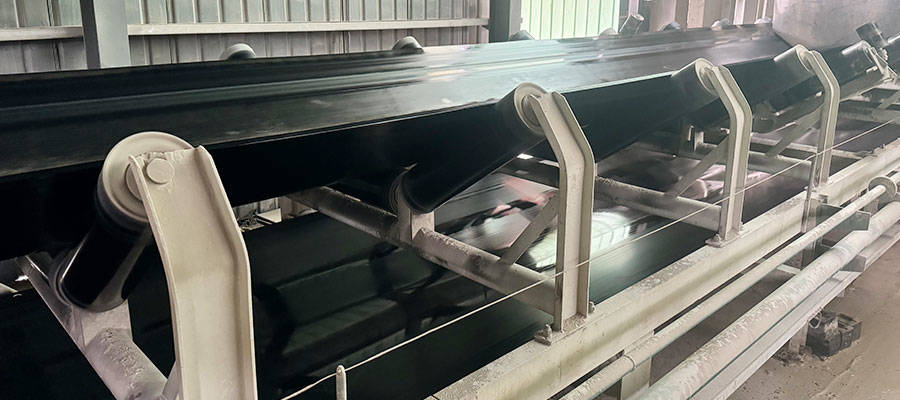
Principe de fonctionnement
Les rouleaux des convoyeurs à bande fonctionnent grâce à la friction entre la bande transporteuse et le rouleau. Ce frottement entraîne la rotation du corps du rouleau, du boîtier de roulement, du roulement extérieur et de la bague d'étanchéité. Ils travaillent main dans la main avec la bande transporteuse pour faciliter le transport des matériaux.
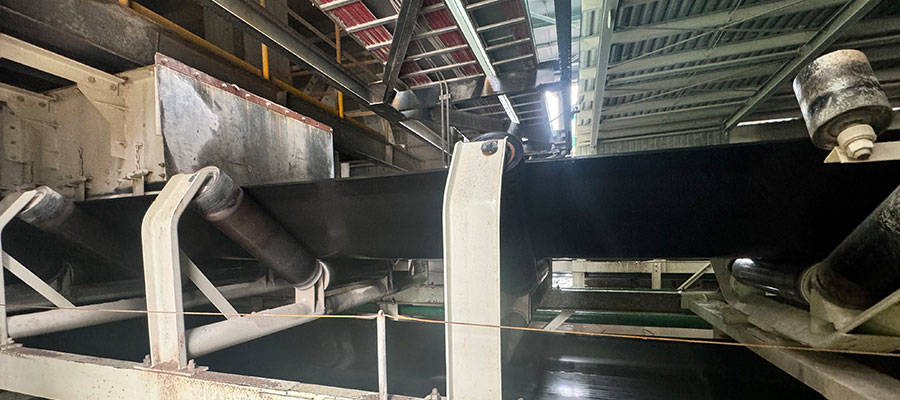
Bac à trois rouleaux
Cette conception de pignon standard est couramment utilisée dans la plupart des applications de convoyage à usage intensif. Fabricant de Darko fabriquent les rouleaux en acier et les recouvrent souvent de plusieurs couches de peinture spécifique, de caoutchouc ou d'autres matériaux anticorrosion.
Les rouleaux peuvent être en acier, recouverts de plusieurs couches d'une spécification particulière de peinture, ou recouverts de caoutchouc ou d'autres matériaux anti-corrosifs.
Série de rouleaux et applications
Ces rouleaux sont particulièrement adaptés aux convoyeurs fonctionnant dans des conditions difficiles, où les charges de travail sont élevées et où des morceaux de grande taille sont transportés. Malgré ces exigences, ils ne nécessitent qu'un entretien minimal. Les applications typiques sont les suivantes mines, ciment les centrales électriques au charbon et les installations portuaires.
Le système d'étanchéité à rouleaux permet de relever efficacement les défis environnementaux tels que poussièreLes composants graissés standard fonctionnent bien dans une plage de température allant de -20°C à +100°C. Les composants graissés standard fonctionnent bien dans une plage de températures allant de -20°C à +100°C. Pour les applications en dehors de cette plage, il est possible d'utiliser des graisses, des roulements et des joints spéciaux.
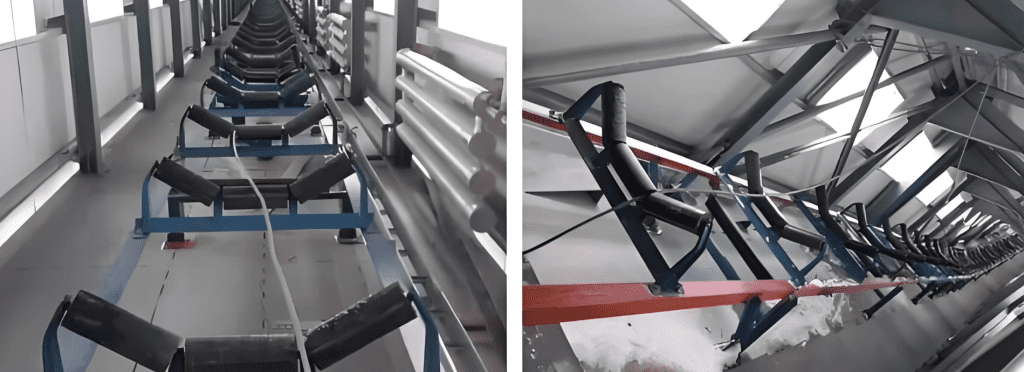

Vous pouvez aussi aimer
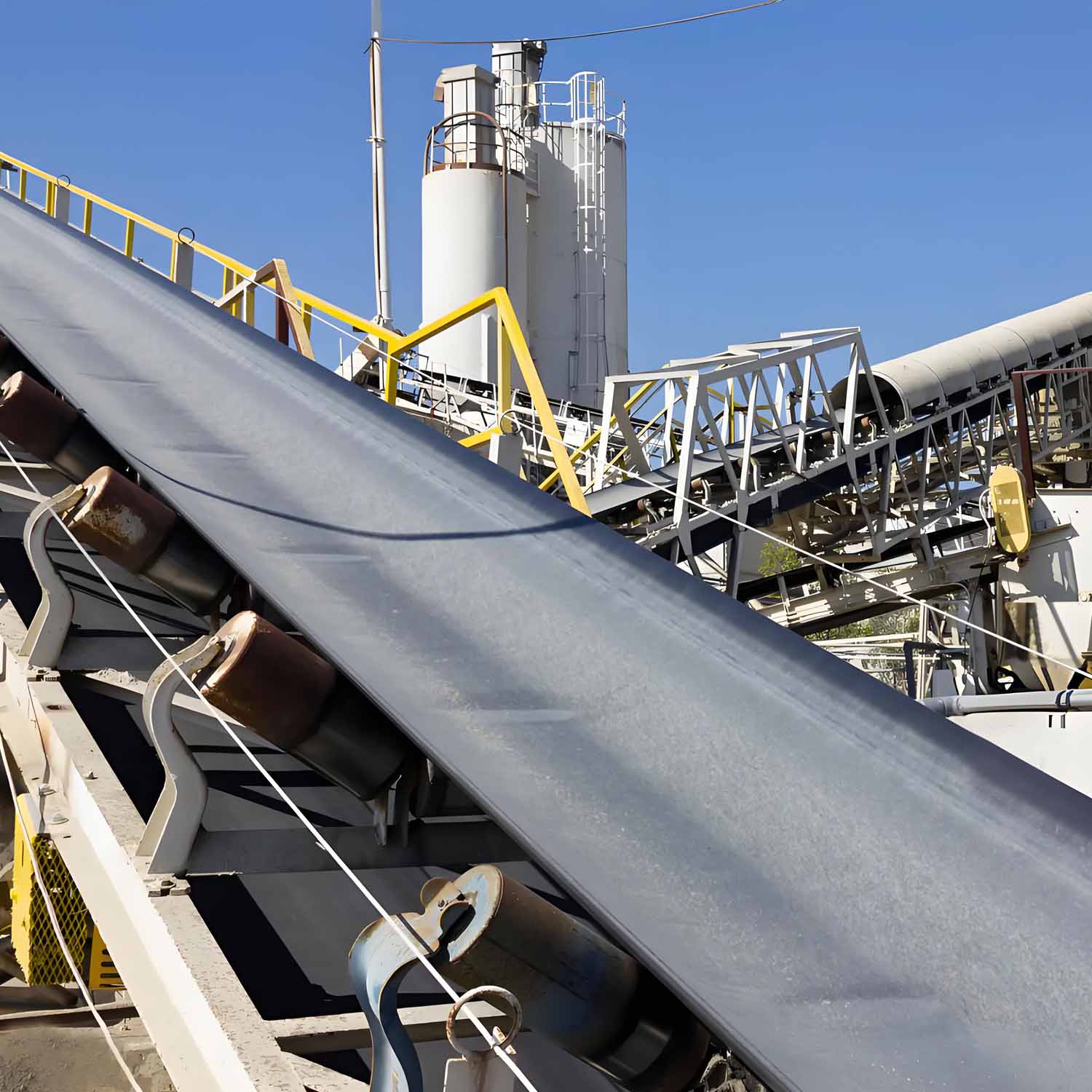 | 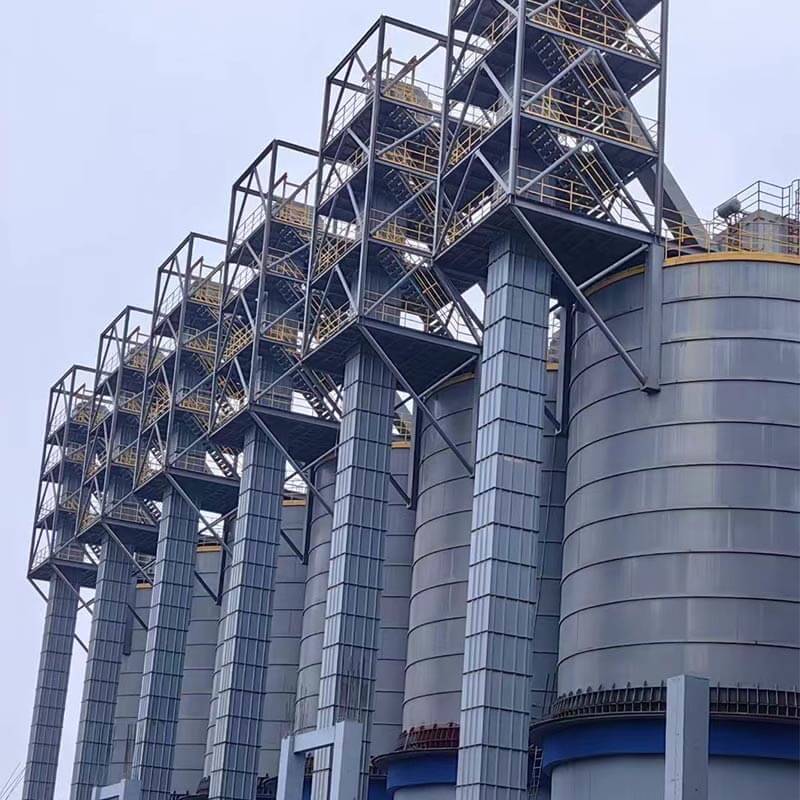 | 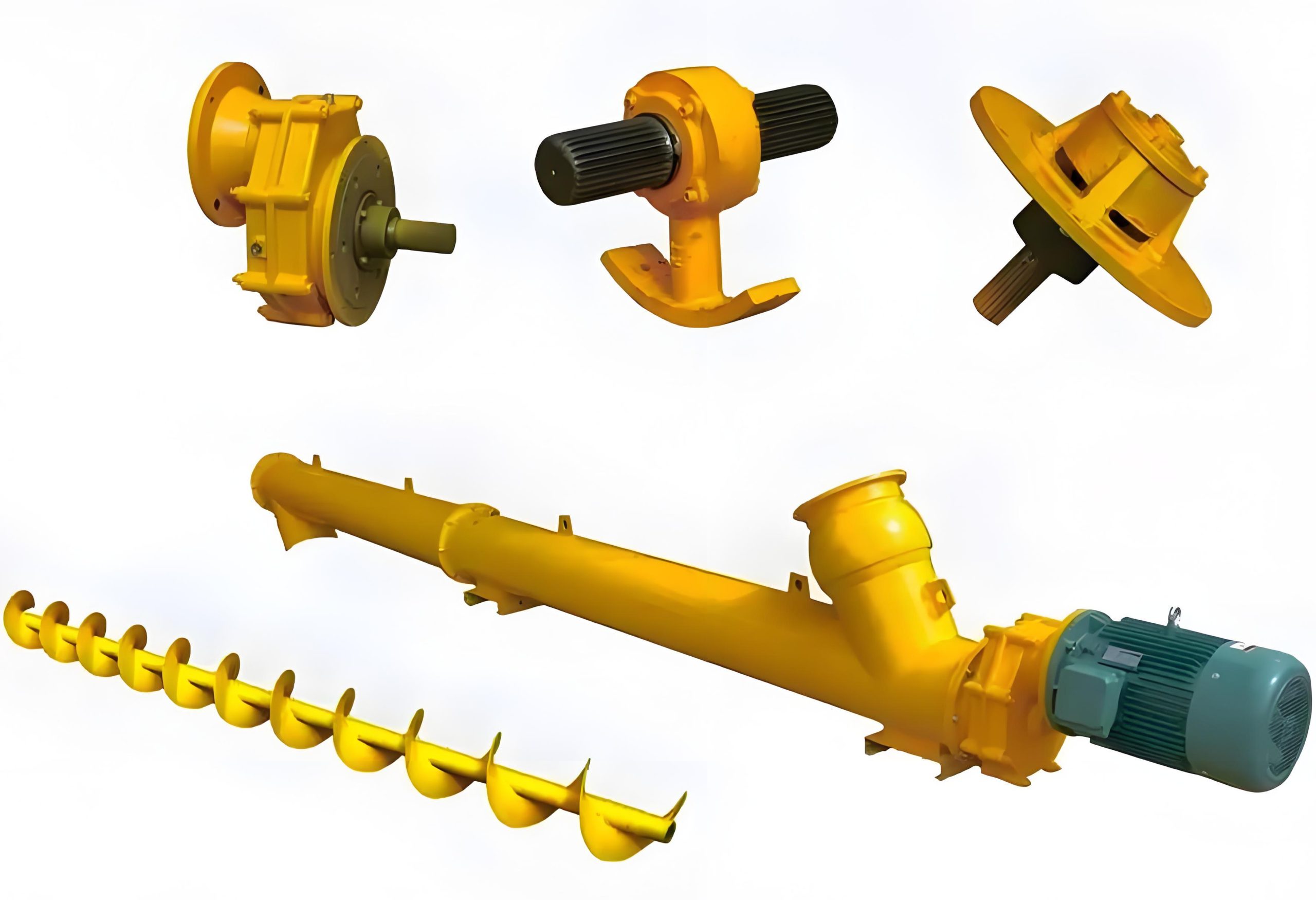 |
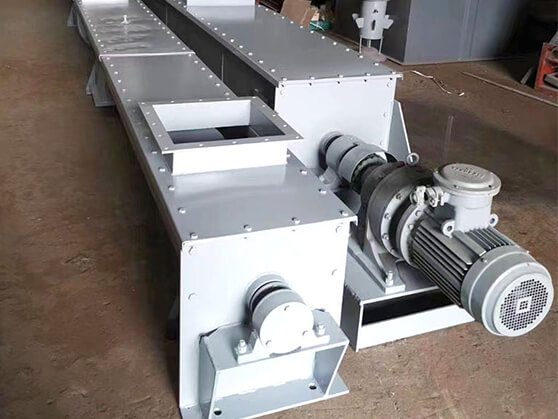 | 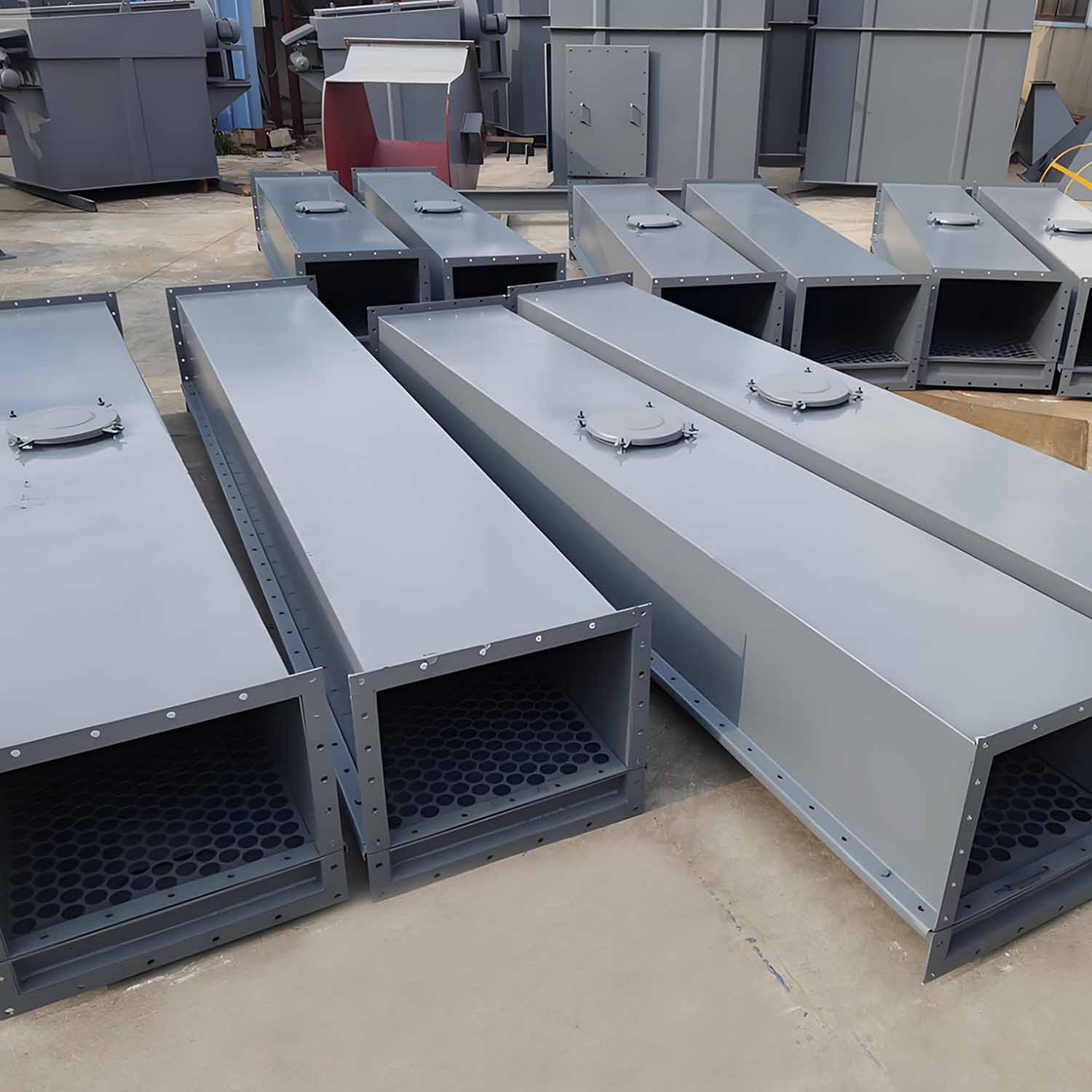 |  |
Darko est l'un des principaux fabricants de filtres à tissu en Chine. Nous fournissons aux petites et grandes entreprises des filtres en tissu sûrs et certifiés ISO en gros. Nous fournissons des filtres industriels en tissu de différentes spécifications et de tailles personnalisées.
Darko est un fabricant et fournisseur de filtres en tissu digne de confiance en Chine depuis plus de 10 ans. Grâce à nos années d'expérience dans l'industrie, nous pouvons garantir la production de filtres en tissu chinois de haute qualité. Outre les installations de fabrication dans notre propre usine, nous offrons également des services de personnalisation et de conception à nos clients. Nous produisons des filtres en tissu pour traiter différents volumes d'air .
Si vous êtes à la recherche d'une entreprise de filtres, vous pouvez compter sur Darko. Achetez des filtres en tissu en vrac chez nous et laissez-nous vous aider à développer votre entreprise grâce à nos produits personnalisables et abordables.


